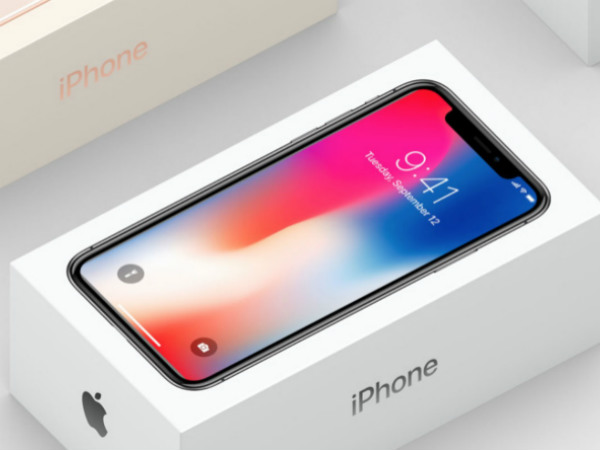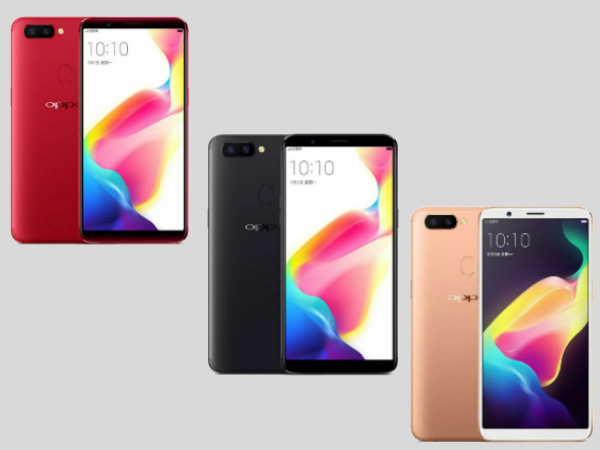China's mobile phone is a long way to go American operators do not feel bad about new OEM brands
[Global Network Technology Reporter Chen Jian] There's no doubt that Chinese smartphone manufacturers have become major players in the global market, particularly in regions like India, Russia, and Africa. Their products are highly popular there, but when it comes to the U.S. market, success is still a long way off.

"Globally, China's mobile phone OEMs hold more than 43% of the smartphone market share, but only 18% in the United States," said Jeff Fieldhack, research director at Counterpoint Research.
Some reports suggest that companies like ZTE and Alcatel have made it into the top five in U.S. carrier sales, with a strong presence in prepaid channels. Lenovo remains a well-known supplier for Verizon. However, other Chinese brands are still struggling to gain traction in the open U.S. market. Why are companies like OPPO, Vivo, and Huawei eager to establish a solid foothold in the U.S.?

According to Fieldhack, "In the U.S., carriers still hold significant power. The smartphone market is dominated by Verizon Wireless, which had 147.2 million users in Q2 2017, followed by AT&T Mobility with 138.8 million users in Q3 2017, and T-Mobile US with 70.7 million users in the same quarter."
New entrants in operator-controlled markets face numerous challenges. Carriers control about 70% of smartphone sales in the U.S., and they're not keen on supporting new OEM brands. This makes it hard for foreign manufacturers to break through without strong partnerships.

U.S. operators are also concerned that new OEMs may lack the marketing strength needed to promote their devices effectively. If these companies face legal issues after entering the U.S., the carriers would be forced to spend time and resources dealing with lawsuits, which could be costly and inefficient. Additionally, the U.S. market is already saturated, making it difficult for newcomers to stand out without heavy investment in advertising and brand awareness.
The U.S. market is highly competitive, with Apple and Samsung controlling over 50% of the market share. To make an impact, Chinese brands would need to combine high-quality hardware with aggressive marketing strategies to attract users and encourage them to switch from one ecosystem to another.
U.S. experts also emphasize that breaking into the American market requires patience, time, and a long-term strategy. Trying to enter through just one or two carriers is unlikely to lead to success. Instead, they recommend gradually building local support, investing in R&D, and slowly expanding through smaller, more flexible channels. It’s a slow process, but it could eventually help Chinese brands gain a stronger presence in the U.S. market.
Portable Dry Herb Vaporizers,Handheld Liquid Vaporiser,Gold Evaporator With Titanium Enclosure,Portable Dry Herb Vaporizer
END GAME LABS , https://www.eglvape.com